Page Table of Contents
About the Author
Hot Topics
Updated on Sep 28, 2025
When you install Windows on a new hard drive, the installer perceives your disk as a large amount of unallocated space. It would help if you made a segment so that the operating system understands which part of the hard drive it can access. This is referred to as a partition. A volume is created when you format a partition with a certain filesystem so that an operating system may use it.
To fully utilize each partition, you must first understand how to view partitions, and if you are not aware, keep scrolling and look at the step to view via windows explorer, Disk management, and the third party partition tool.
| Workable Solutions | Step-by-step Troubleshooting |
|---|---|
| 1. Check/View Partitions via Windows Explorer | Step 1: First navigate to Windows Explorer by pressing Windows + E keys...Full steps |
| 2. View Disk Partitions with Windows Disk Management | Step 1: On the keyboard, press Windows + R. Then type "diskmgmt. msc"...Full steps |
| 3. View, Unhide, or Recover Partitions on A Hard Drive via Software | Step 1. Open EaseUS Partition Master and click "Partition Recovery"...Full steps |
Top 8 Best Free Windows 10/8/7 Disk Management Tools
Here are the 8 best free partition manager software and tools you can use in Windows 10, 8.1, 8, 7. Shrink, expand, combine, and split partitions for free with these excellent Windows disk partition management tools.
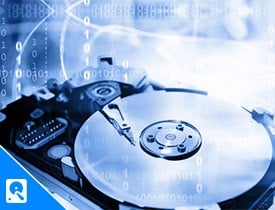
The General Way to Check/View Partitions is via Windows Explorer
When you purchase a new business computer, you may notice various drive letters such as C, D, and E when browsing items in Windows Explorer. Although these drive letters may refer to physical internal, or external hard drives, they may also refer to partitions. People frequently divide hard drives into smaller partitions to put different operating systems on them (which means hard disk partition). You can check partitions by accessing the window Explorer.
Let's have a look at the steps on how to check partitions via Windows explorer.
Step 1: First navigate to Windows Explorer by Press Windows + E keys.
Step 2: Then you can view the partition size of each hard drive as shown in the below image.
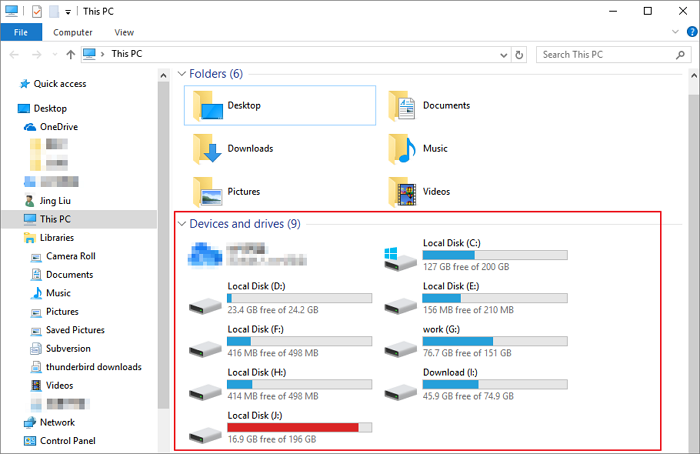
- What you can see: One can see only partitions and partition size.
- What you cannot see: Users are not able to view all available disks.
Another Free Way to View Disk Partitions Is with Windows Disk Management
The next method on how to view partitions is using disk management. To view internal/external hard drive, scroll below and have a look to all the steps.
Step 1: On the keyboard, press Windows + R. Then type "diskmgmt. msc" and hit Enter to launch the Windows Disk Management tool.
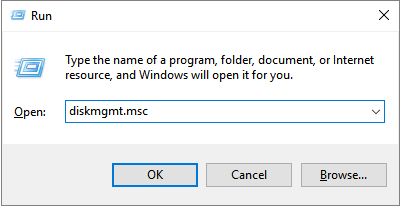
Step 2: Once the disk management opens you can view all the hard drive/external drive partitions as shown below in the image.
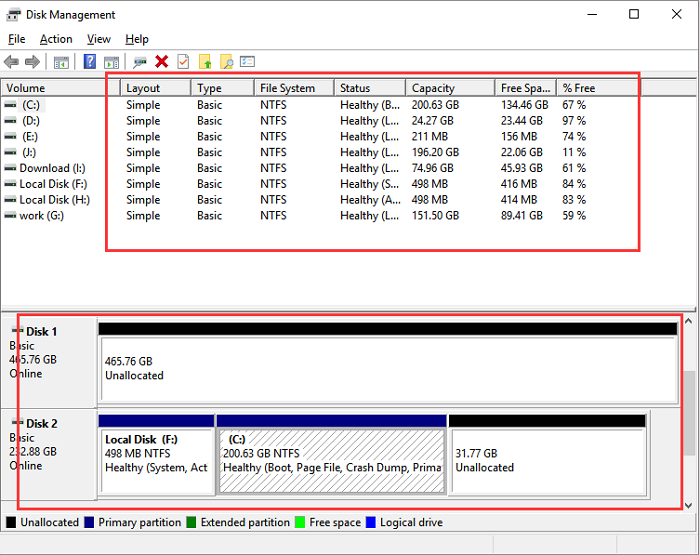
- What you can see: Using disk management allows users to see all disks and partitions and their file system, type, status, as well as those partitions showing as RAW, unallocated.
- What you cannot see: One won't be able to see hidden, lost, and deleted files.
A Comprehensive Way to View, Unhide, or Recover Partitions on A Hard Drive
Hopefully, now you are aware of how to view partitions on a hard drive with windows explorer and disk management but what if you want to view the lost, hidden or deleted partition? Don't fret by using a third-party partition manager. You can easily view all types of partitions no matter what sort of hard drive it is, and if you are curious to know which tool has all these functionalities, then we recommend EaseUS partition magic tool.
EaseUS Partition Master is the most potent and comprehensive partition viewer/checker available, and it can show you all you need to know:
- Examine the whole hard disk size.
- Examine partitions in all states, such as recovery partitions, OEM partitions, system reserved partitions, RAW partitions, unallocated partitions, and so forth.
- Using the Unhide functionality, you may view a hidden partition.
- Partition Recovery can be used to recover a missing or deleted partition.
How to View Hidden, Lost or Deleted Partitions with EaseUS Partition Master
Step 1. Open EaseUS Partition Master and click "Partition Recovery". Select the target disk with your lost partition and click "New Scan".
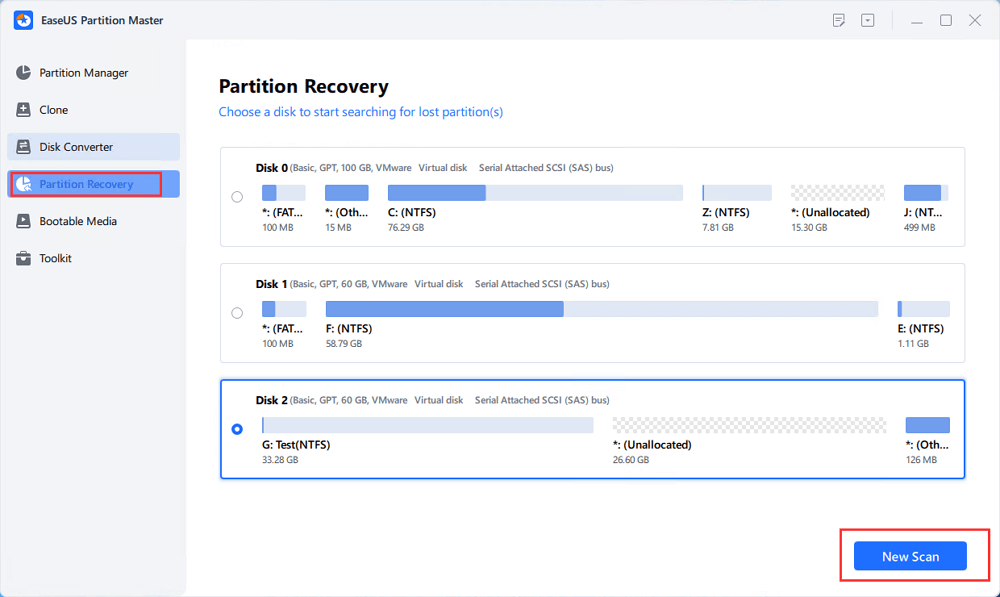
Step 2. Wait patiently to let the software execute "Quick Scan" and "Full Scan" operation. It will mark your deleted partition as "lost" as the Status section. Select the lost partition, and click "Recover".
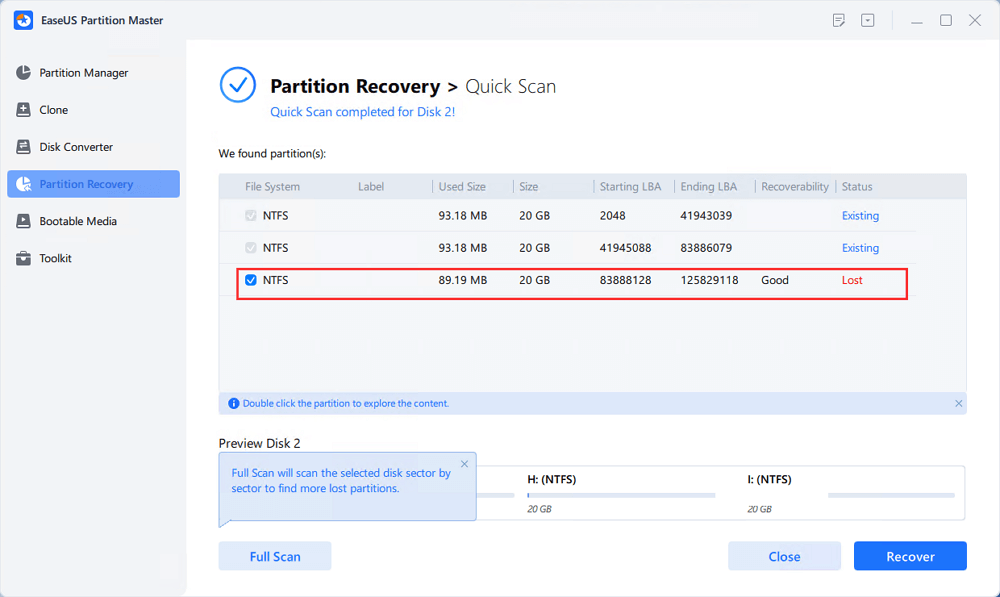
You can also double click on the partition you're looking for to preview its content and click "OK" to confirm.
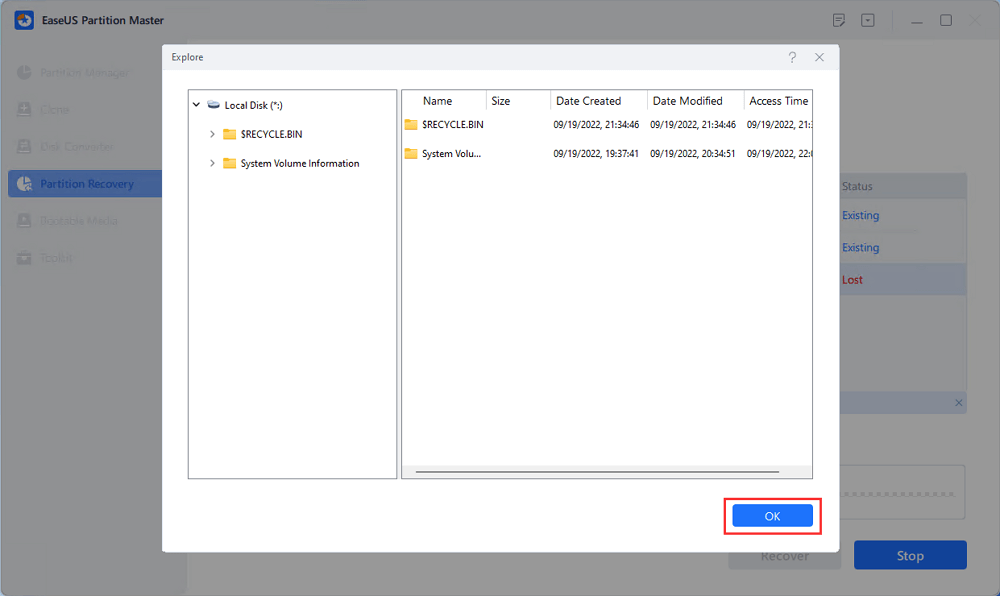
Step 3. Wait patiently and click "Done" when the partition recovery process completes.
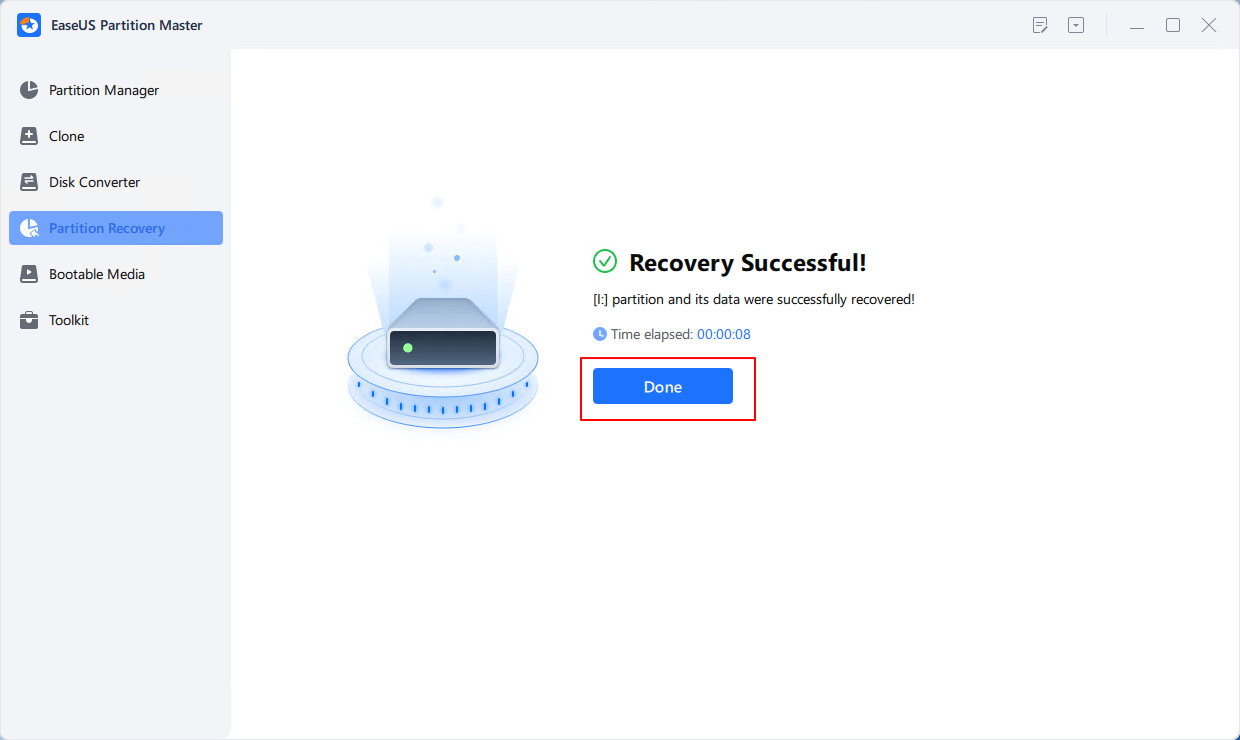
Conclusion
We've looked at different ways on how to view partitions. In summary, if you want to view, unhide, recover a partition on a hard drive without data loss, we recommend using EaseUS Partition Master. This tool is highly built for people who love to play around with the computer.
How Can We Help You
About the Author
Updated by Tracy King
Tracy became a member of the EaseUS content team in 2013. Being a technical writer for over 10 years, she is enthusiastic about sharing tips to assist readers in resolving complex issues in disk management, file transfer, PC & Mac performance optimization, etc., like an expert.
Jean is recognized as one of the most professional writers in EaseUS. She has kept improving her writing skills over the past 10 years and helped millions of her readers solve their tech problems on PC, Mac, and iOS devices.
Product Reviews
-
I love that the changes you make with EaseUS Partition Master Free aren't immediately applied to the disks. It makes it way easier to play out what will happen after you've made all the changes. I also think the overall look and feel of EaseUS Partition Master Free makes whatever you're doing with your computer's partitions easy.
Read More -
Partition Master Free can Resize, Move, Merge, Migrate, and Copy disks or partitions; convert to local, change label, defragment, check and explore partition; and much more. A premium upgrade adds free tech support and the ability to resize dynamic volumes.
Read More -
It won't hot image your drives or align them, but since it's coupled with a partition manager, it allows you do perform many tasks at once, instead of just cloning drives. You can move partitions around, resize them, defragment, and more, along with the other tools you'd expect from a cloning tool.
Read More
Related Articles
-
How to Merge Partitions on USB Drive in Windows 10/11 [New Solutions]
![author icon]() Sherly/2025/09/28
Sherly/2025/09/28 -
How to Erase a CD or CD-RW in Windows [2025 Tutorial]
![author icon]() Oliver/2025/09/28
Oliver/2025/09/28 -
How to Check and Scan Hard Drive for Errors Windows 11
![author icon]() Tracy King/2025/09/28
Tracy King/2025/09/28 -
[FIXED]No Bootable Image Found, Notebook Will Be Shutdown
![author icon]() Cici/2025/09/28
Cici/2025/09/28
Hot Topics
EaseUS Partition Master

Manage partitions and optimize disks efficiently








